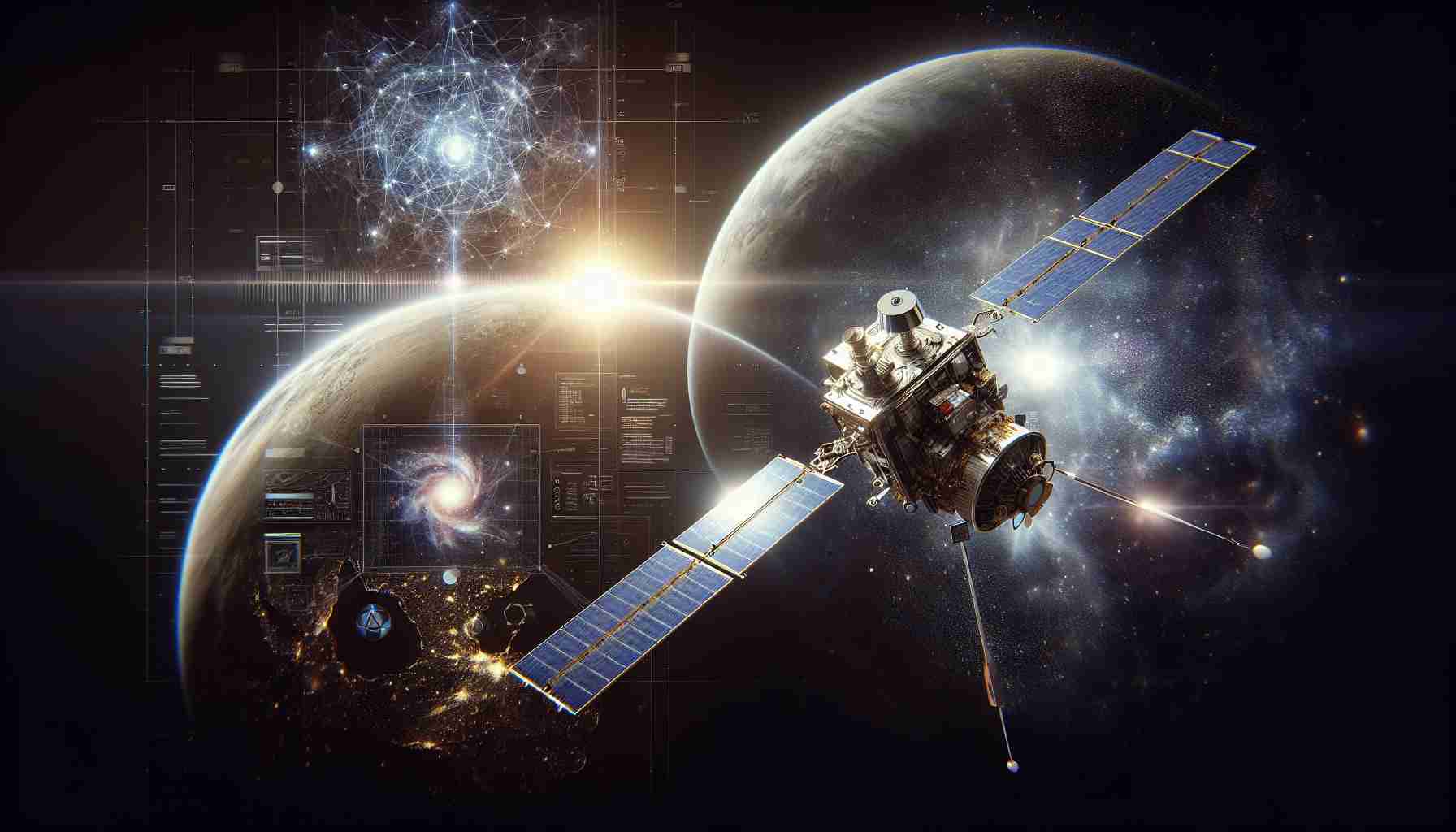
Spire Global, renowned for its satellite manufacturing expertise, has joined forces with Canada’s Mission Control to embark on a groundbreaking initiative known as the Persistence Mission. This collaboration, unveiled during the International Aeronautical Congress in Milan, aims to leverage artificial intelligence (AI) in space to offer real-time, actionable insights.
As part of this mission, Spire will design, construct, and operate the LEMUR 6, a compact 6U satellite equipped with an advanced optical payload. The satellite’s primary function will be to capture images of the Earth, which will then be analyzed using sophisticated AI algorithms developed by Mission Control. Their innovative platform, SpacefarerAI, is specifically tailored to facilitate the deployment and updating of AI models for various spaceflight applications, showcasing a revolutionary approach to AI usage in space.
The integration of AI on the spacecraft promises to enhance remote sensing capabilities, allowing for a deeper understanding of Earth. The CEO of Mission Control emphasized the importance of making onboard intelligence a reality, as it could unlock significant advancements in earth observation.
Spire’s comprehensive management of the satellite lifecycle ensures that their extensive experience in satellite development will contribute to the mission’s success. Financial backing from the Canadian Space Agency will further bolster Mission Control’s efforts to advance AI technology in orbit. With a planned launch date set for beyond 2025, this mission marks a pivotal moment for future space exploration and satellite data processing.
New Era in Satellite Technology with AI Integration
The integration of artificial intelligence (AI) into satellite technology is heralding a new era that promises to transform our approach to Earth observation and space exploration. The recent collaboration between Spire Global and Mission Control is just one instance of how this technology is set to advance. However, the implications of AI in satellite tech go beyond specific missions, encompassing various sectors and applications.
What Are the Main Advantages of AI Integration in Satellite Technology?
AI enhances satellite capability by enabling real-time data processing, which allows for immediate insights rather than waiting for ground-based analysis. This integration offers several key advantages:
1. Improved Data Processing: AI algorithms can analyze vast amounts of data rapidly, allowing for quicker decision-making and improved responses to environmental changes.
2. Predictive Analytics: AI can identify patterns and forecast future events, which is particularly valuable for industries like agriculture, disaster management, and climate change monitoring.
3. Autonomous Operations: With AI onboard, satellites can make autonomous decisions regarding data collection and operational adjustments without needing immediate commands from ground control.
4. Cost-Efficiency: AI can streamline processes and reduce operational costs by optimizing resource allocation throughout the satellite’s lifecycle.
What Are the Key Challenges and Controversies?
While the benefits of AI in satellite technology are substantial, several challenges and concerns must be addressed:
1. Data Privacy and Security: The use of AI in satellites raises questions about data privacy. Who owns the data collected, and how can it be protected from unauthorized access?
2. Technical Reliability: AI systems must demonstrate a high reliability level in accuracy and performance to prevent errors that could compromise mission objectives or safety.
3. Ethical Implications: The autonomous capabilities of AI in satellite systems may lead to ethical dilemmas, especially if decisions made by AI significantly impact communities or the environment.
4. Dependence on Technology: Over-reliance on AI systems for crucial decision-making could reduce human oversight and result in a loss of critical skills among operators.
What Are the Potential Disadvantages?
Despite its advantages, AI integration in satellite technology presents potential disadvantages, including:
– High Initial Costs: Developing advanced AI systems and integrating them into existing satellite frameworks can be costly.
– Complexity in Implementation: The integration process can be highly complex, requiring new architectures and models, which may complicate traditional operations.
– Limited Understanding: There is still a relatively limited understanding of how AI decisions are made, which can lead to skepticism regarding the technology’s implementation in critical applications.
What Is the Future Outlook for AI in Satellite Technology?
The future of AI in satellite technology looks promising, with ongoing research and development. Innovations such as improved machine learning algorithms and enhanced computational power are expected to drive this field forward. Automated satellite constellations capable of working collaboratively using AI may soon become a reality, providing unparalleled access to real-time data and insights.
As organizations like the Canadian Space Agency and private companies continue to invest in these technologies, we can anticipate breakthroughs that leverage AI for applications such as precise climate modeling, disaster response, and global resource management.
For those interested in exploring the impact of AI in satellite technology further, relevant information can be found at NASA, which addresses advancements in satellite technology and AI applications in space exploration. Another resource is Spire Global, which provides insights on satellite data and analytics.
In conclusion, the integration of AI into satellite technology represents a transformative shift that offers numerous advantages while also presenting significant challenges. As advancements continue, it will be crucial to navigate the ethical and technical complexities to harness the full potential of this innovative integration.



